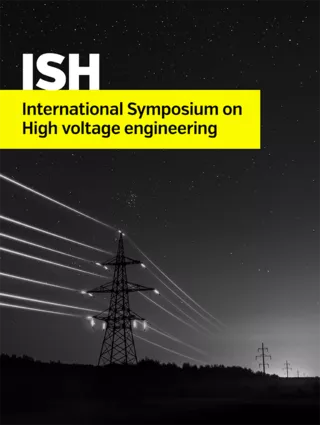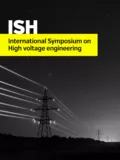Summary
Gaseous dielectric are widely used as insulating medium due to their recovery characteristics after breaking the dielectric strength, as well as its elements abundance in nature. One of the most common gaseous insulating media is air, it is often used to isolate the different potential between conductors in transmission and distribution lines. Other insulating gases such as sulfur hexafluoride (SF6), nitrogen (N2), and carbon dioxide (CO2) are primarily used as dielectric at arc extinguishing chambers in protective devices. Given the importance and applicability of gaseous insulating media, the study of the discharges that can occur in these media has great relevance. It is considered not only for the right dielectric selection but also to understand the conduction and rupture mechanisms in solid and liquid dielectric. Discharge studies in gaseous media can be accomplished with the use of rupture mechanisms. The studies conducted by Townsend stood out among those mechanisms. Considering the prominence of the mechanism developed by Townsend, the main purpose of this paper is to analyze the influence of the first ( ) and second ( ) coefficients defined by Townsend to explain the behavior of gaseous discharges. These analyses will consider the gases N2 and SF6. The attachment coefficient ( ) was also considered as a complement to this research. The coefficients were studied based on the equations and their typical values available in literature. Variations of ±5%, ±10% and ±15% in the values of , and were applied in order to verify the impact of each coefficient in the construction of Townsend’s curve for N2. The results showed that the increasing or reduction of the coefficients , and generated a rupture threshold displacement to a lower or higher value, respectively, based on the values obtained in the literature. It was also verified that the variation of Townsend’s first coefficient has a more significant impact on the rupture threshold displacement. The comparison of results obtained for N2 and SF6 curves confirmed the higher rupture threshold for SF6 due to its higher electron affinity and lower ionization coefficients in relation to N2.
Additional informations
| Publication type | ISH Collection |
|---|---|
| Reference | ISH2017_250 |
| Publication year | |
| Publisher | ISH |
| File size | 685 KB |
| Pages number | 6 |
| Price for non member | Free |
| Price for member | Free |
Keywords
Townsend, Nitrogen, Sulfur Hexafluoride, Dielectrics, Breakdown Voltage



